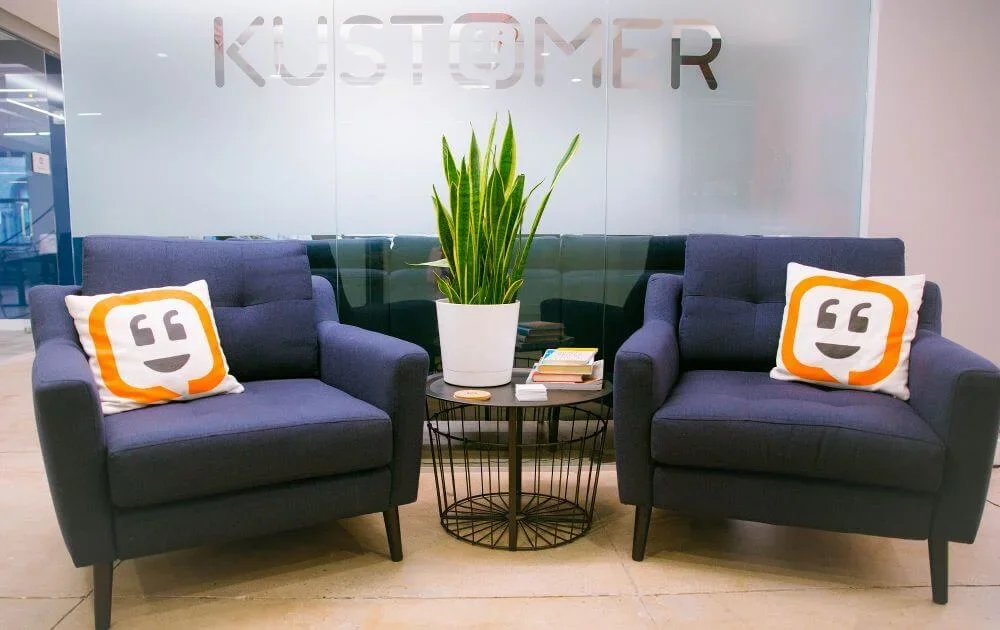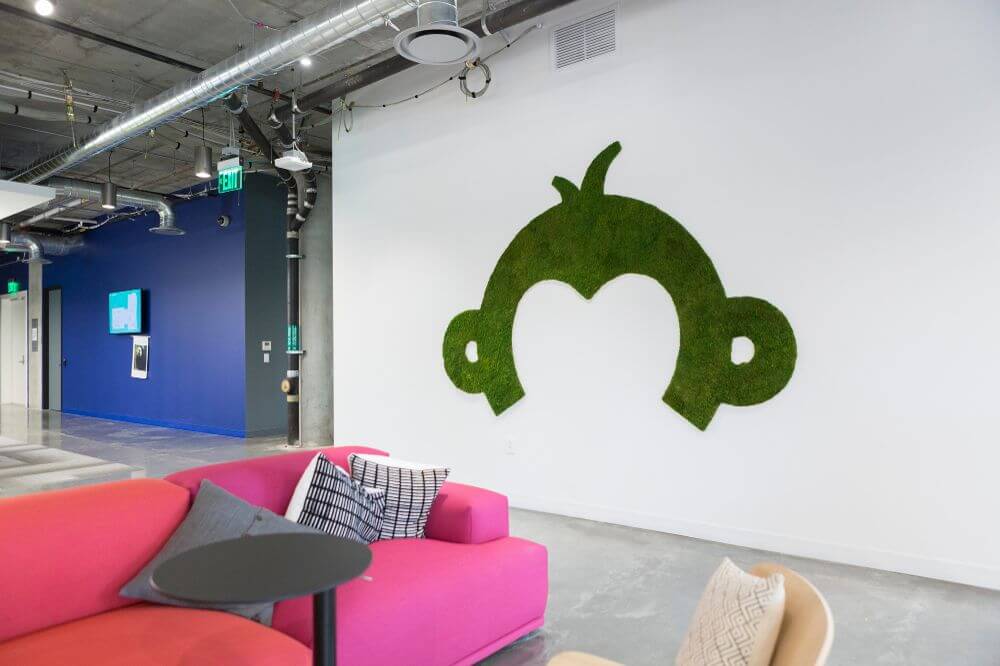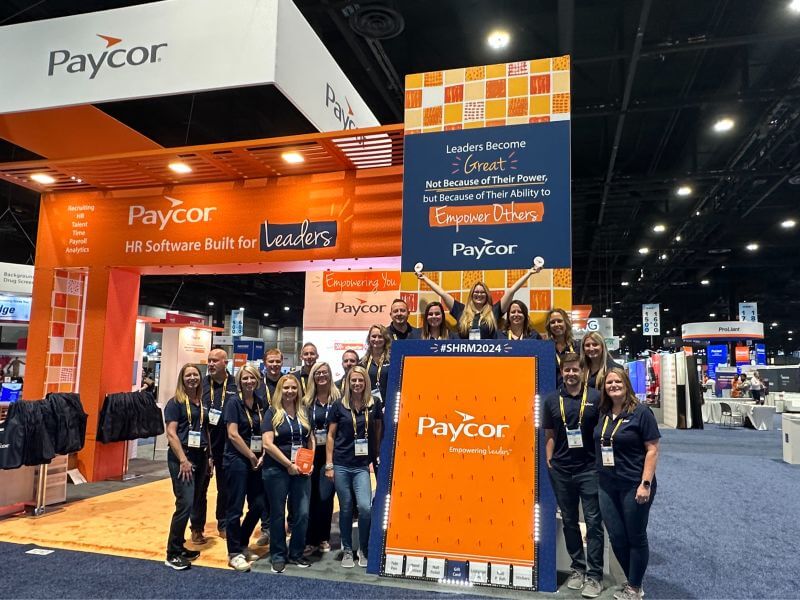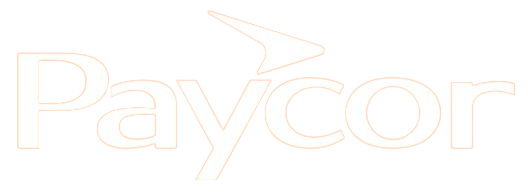A Clearer Shot: How I Used Customer Insights to Make Better Decisions at Indeed
The challenge
Before Gong, Indeed depended on anecdotal evidence from interviews with individual sales reps to inform their decisions which was not always accurate and took some additional time and resources.
The outcome
With Gong, Indeed was now able to gather data from multiple interactions, which saved the team time and resources. They were now able to quickly test their messaging and refine their training and rollout processes.
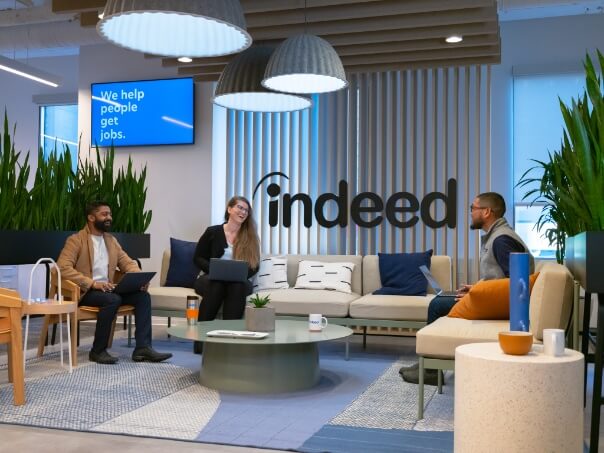

Headquarters
Austin, Texas
founded
2004
customer size
17,000+
industry
Technology, Information and Internet
Perspective matters. In business as in life, it’s easy to see things the way you want to see them. It’s much harder to go into a situation thinking, “How can I approach things differently this time?”
Yet, your ability to shift your perspective can directly influence your ability to make good decisions.
Take photography, for example. Photography is a great way to literally see something through a different lens. Getting a drone as a gift allowed me to get into aerial photography, which is an ideal way to take something I see every day and turn it on its head. It enabled me to choose new points of view for my photographs and take more interesting pictures. When I take an aerial photo of a beach, for example, I notice striking lines and patterns that I don’t see when I stand on that same beach, even if I’m there every day.
I do my best to apply that same philosophy at work. I’ve been at Indeed for nine years and was the first external hire on their learning and development (L&D) team. I know it’s a cliché within the L&D space, but I love helping, mentoring, and coaching people. It means everything to me to see that lightbulb moment when a person understands something from a new perspective for the first time.
I fell into L&D by accident, but when I came to Indeed, I bought into the company’s mission, leadership, and global impact. It’s been amazing to see my team grow and shift, but sometimes it’s hard to determine the best way forward. That’s where it’s helpful to look at things from a different angle using technology. I had a chance to do this using Gong’s Revenue Intelligence Platform, when we launched a strategic initiative across our global teams.
Measurement and tracking are a must for sales training
In 2020, Indeed launched a new core sales and support methodology focused on understanding the customers’ needs so we could better address them. Since Indeed is a global company, we had to manage a worldwide rollout of the new messaging across various cultures, customs, and languages.
We trained thousands of people around the world using this new sales and support methodology, but we needed better data to know whether we were doing a good job. How else could we make good decisions about whether to tweak the current training or our future rollouts?
We could see, for example, that some markets were doing well, but we couldn’t definitively say this success was down to our new approach — or if it was despite our recent training. Any evidence was anecdotal or on a small scale. We lacked reliable insight into our customer interactions.
Every company needs to connect its efforts with its results so it can decide how to move forward.
We had built a great company, but we didn’t have a way to analyze how our initiatives landed in the field or tech that could connect our efforts to our sales and customer lifecycle results. We couldn’t determine a path forward based on our past work. That was a clarifying realization for us.
Several of our managers insisted we needed an intelligence platform to give us greater visibility into how our messaging landed, and dozens of us participated in the selection process.
Opening Our Sales Training Process to New Possibilities
One of the things we found appealing about Gong was its 120+ integrations with other platforms, like Salesforce. Many tools offer great integrations, but Gong has the best reputation among them. Indeed is an industry leader, and working with a startup comes with a lot of uncertainty. We wanted to align ourselves with a company that similarly leads in its category, and Gong is synonymous with revenue intelligence and customer interaction analytics.
Its AI-backed analytics capabilities were a massive win for us. My VP has a great mind for decision-making and is always saying, “Show me the numbers.” Gong offered both native analytics and the ability to connect those analytics to other platforms, such as Tableau. When we chose Gong, we chose integrated data (and organizational alignment around that data). We were all going to be able to make decisions based on a consistent view of what happened in our messaging initiatives and subsequent customer interactions.
It’s funny how one change can open a world of possibilities. We adopted Gong and immediately uncovered several wins related to our training.
Before Gong, we used anecdotal evidence from interviews with individual sales reps to make decisions about whether we needed to create additional support. Using Gong allowed us to gather data from multiple interactions, which affirmed that our new methodology helped teams get our customers closer to their hire. No additional support was needed; our training worked.
Take a “win or learn” approach to conversations: Either win using an existing process or learn something to make it better.
We also learned that some of our most valuable people weren’t using the new messaging. That’s not to say they weren’t successful — in many cases, they were. But we now had an opportunity to ask what drove this misalignment with our new messaging. That helped us tweak and refine our training and rollout processes.
I think of this as a “win or learn” approach to conversations: Either we win using our existing process or we learn something new and make it better. Gong has given us the insights we need into what works, who does it best, and how we might adapt our approach before, during, and after strategic messaging initiatives.
A New Way to Measure and Refine Behavioral Change
Early in the rollout process, we started using keyword trackers for words and phrases we expected people to say in each phase. This straightforward (and highly accurate) tracking was a big help in getting everyone used to the platform and the insights it delivers with ease. We quickly moved on to flex our Gong muscles and dig into numerous critical elements of our processes.
Scorecards, for example, allow us to identify areas of strengths and weakness in calls. We set expectations early that leaders should listen to and score at least one call per rep every week against preset criteria. It’s really improved the effectiveness of their coaching.
The Points of Interest panel gives reps everything they need to know at a glance. They no longer have to take as many notes during customer conversations, as they can just go to the Points of Interest panel to see action items, questions asked, and more. It means they can pay more attention to our customers during calls.
The Conversations tab is a great jumping-off point to drill down into interactions. We started with some basic filters, but now we’re adding complexity to get even more granular about steering teams in the right direction.
Deal Boards allow our leaders to pull up helpful searches, learning objectives that use “what’s in it for me?” statements, and recommendations based on Gong’s predictive capabilities. These boards are often the basis for their decision-making.
As expected, the Salesforce integration has been incredibly useful for us, as has the ability to aggregate interactions with a particular customer in one place. Integrated data gives us a more accurate view of our initiatives as they happen, so we can make smart business decisions on the fly.
We’ve also changed the structure of our follow-ups using the Deals tab. We can immediately see if there’s a customer who’s changed their spend and a rep who hasn’t called them. By connecting the dots across interactions, reps (and managers) can ensure that no deals fall through the cracks.
Many people who weren’t part of the Gong selection process have become big fans of the platform. Our head of marketing mentions Gong in every forum, saying things like, “I realized there are some big opportunities to improve this product based on what I saw in Gong.”
Enhanced visibility into customer interactions gives L&D teams insight into what works well, who does it best, and how the company can evolve its approach.
I also see the potential to embed Gong in the entire training process as a way to measure behavioral change.. Before training occurs, we can use Gong to outline the necessary learning content and define our objectives. During training, we can use snippets of customer interactions to train our reps on handling those situations. After training, Gong can go well beyond basic measurements of success and provide us with clear assessments of the training’s adoption and how well it worked in terms of our sales and support objectives.
It used to be that we could only speculate how our trainees reacted to training and guess what they might have learned. Now we can ask questions that are aligned with the Kirkpatrick Model: What behavioral changes are present or absent? Do those behavioral changes result in increased revenue, product adoption, and meaningful conversations with our clients? It’s an entirely new level of post-training assessment.
Analytics That Helped Us Scale
We have launched a dozen new versions of our products in the past 18 months, and thanks to Gong, we can now see how product mentions correlate with our launches and sales. You can’t do that with call recordings alone. I knew Indeed was doing incredible things, but when we started using Gong, I saw our efforts through a different lens: that of our customers. We’ve been using their perspective to improve our offerings and it’s clearly working.
Our head of products often uses Gong to understand how we can more closely align Indeed’s values with our customers’ needs. We’re constantly using Gong to find specific customer feedback so that we can incorporate make a better experience, and these types of insights give us an opportunity to reframe and reshape our product as well as customer interactions and learn what works best.
Today, technology like Gong offers us recommendations and analytics for every customer interaction, every single time, in a matter of seconds.
I worked in sales as my first job out of college. I’m an enthusiastic person, and I was genuinely excited to talk to people. But it took me a while to realize that my enthusiasm came across all wrong. Customers interpreted my excitement as being overly “salesy” and were less inclined to trust me. I think about the lessons I learned then from having even a sliver of visibility into calls from audio recordings — a technology that seems so primitive now.
Today, in addition to audio, Gong offers us recommendations and analytics based on every customer interaction, in a matter of seconds.
Get a new perspective on something familiar
I’m an L&D professional, but I’m also a husband and father. If raising kids teaches you anything, it’s to take the time to see things differently so you can chart a good path forward. I’m teaching my young daughter how to fly that drone I mentioned earlier (We named it Zephyr, after the Greek god of the west wind.), and she’s amazed at how different things look from above.
She often says, “Daddy, I bet if we looked at this with Zephyr, it would look totally different.” And she’s right.
Take the time to consider something familiar, learn from it, and make your decisions based on a new point of view. That new perspective and refreamed decision-making ability is what I get from aerial photography, and it’s what Indeed has found in Gong.
Have questions or want a custom demo?
We’re here to help! Click the button below and we’ll be in touch.
Request demo